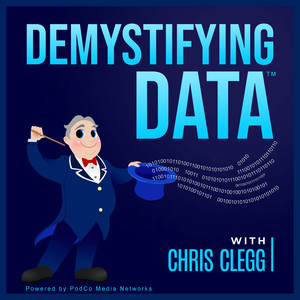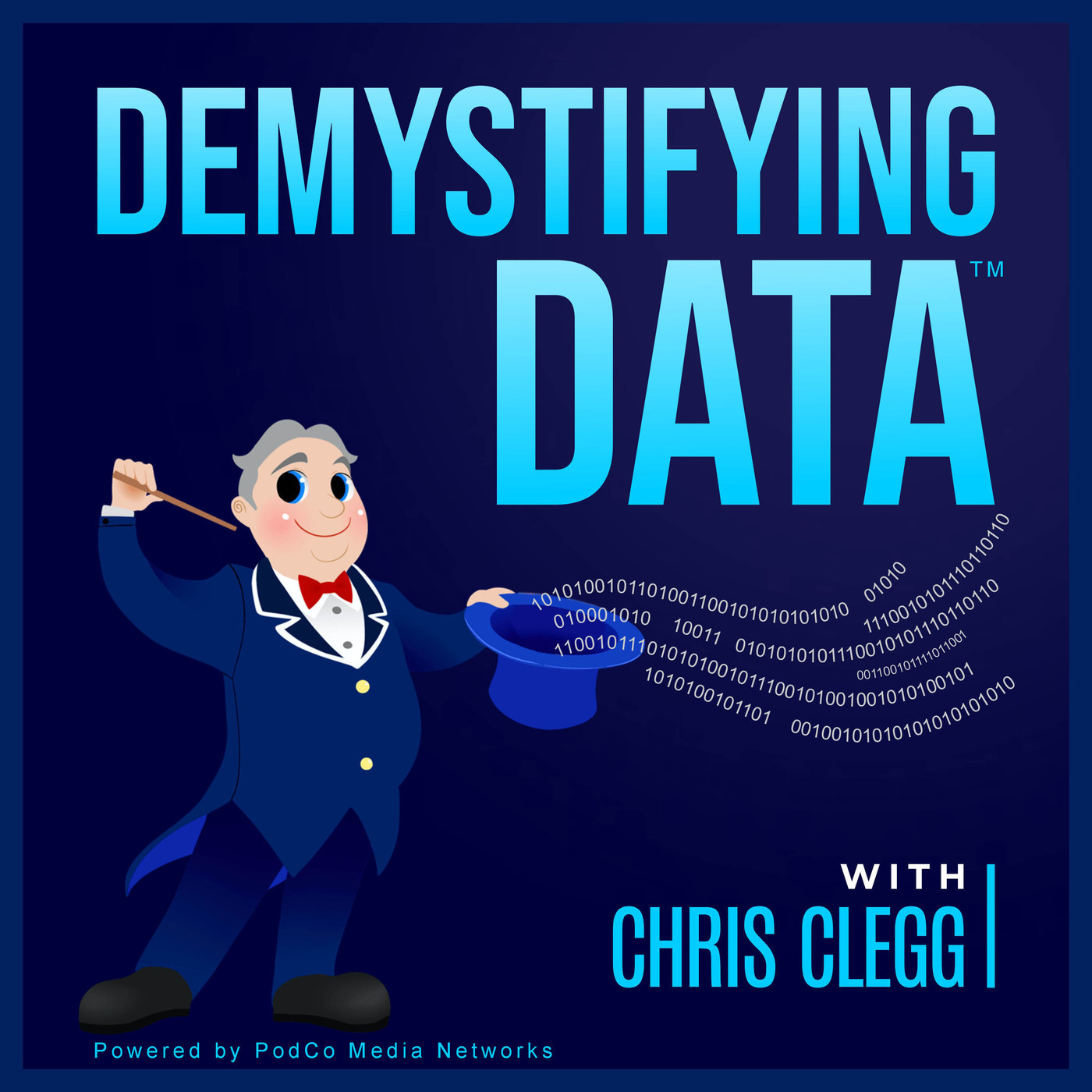Episode 23
Setting KPIs that Won't Get You in Trouble
December 18th, 2019
15 mins 31 secs
Your Hosts
About this Episode
<p>Chris Clegg continues his podcast series about affective benchmarks by looking at how a well-organized archive of historical experiential marketing performance should be used to develop actionable key performance indicators (KPIs). </p><p>There are three points at which benchmarks and KPIs should be considered: </p><p><strong>1. Planning Stage – The Beginning</strong></p><ul><li>Macro metrics need to be broken down to micro metrics.</li><li>Historical data will provide for realistic planning.</li></ul><p><strong>2. Status Reports – The Middle</strong></p><ul><li>Important to keep the goal in mind.</li><li>Using run-rate projections to predict outcomes.</li></ul><p><strong>3. Recap Reports – The End</strong></p><ul><li>Higher than average performance defines best practices.</li><li>Once identified, use best practices to develop next year’s activation roadmap.</li></ul><p><br></p><p><strong>Links of interest:</strong></p><ul><li>Keep your data clean. Here's an article on PortMa about the topic: <a href="http://portma.com/clean-your-data" target="_blank">http://portma.com/clean-your-data</a></li><li><a href="http://portma.com/benchmark-granularity" target="_blank">Benchmark Granularity</a></li></ul>

